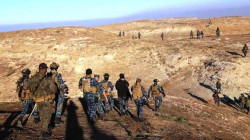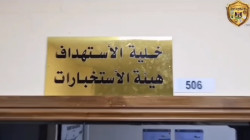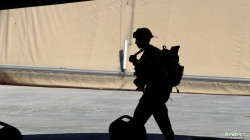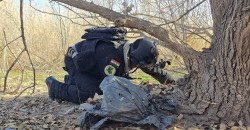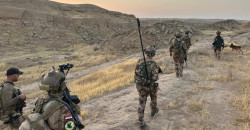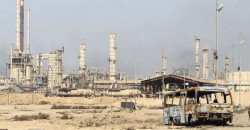The Road of No Return: A chronicle of terror in Iraq
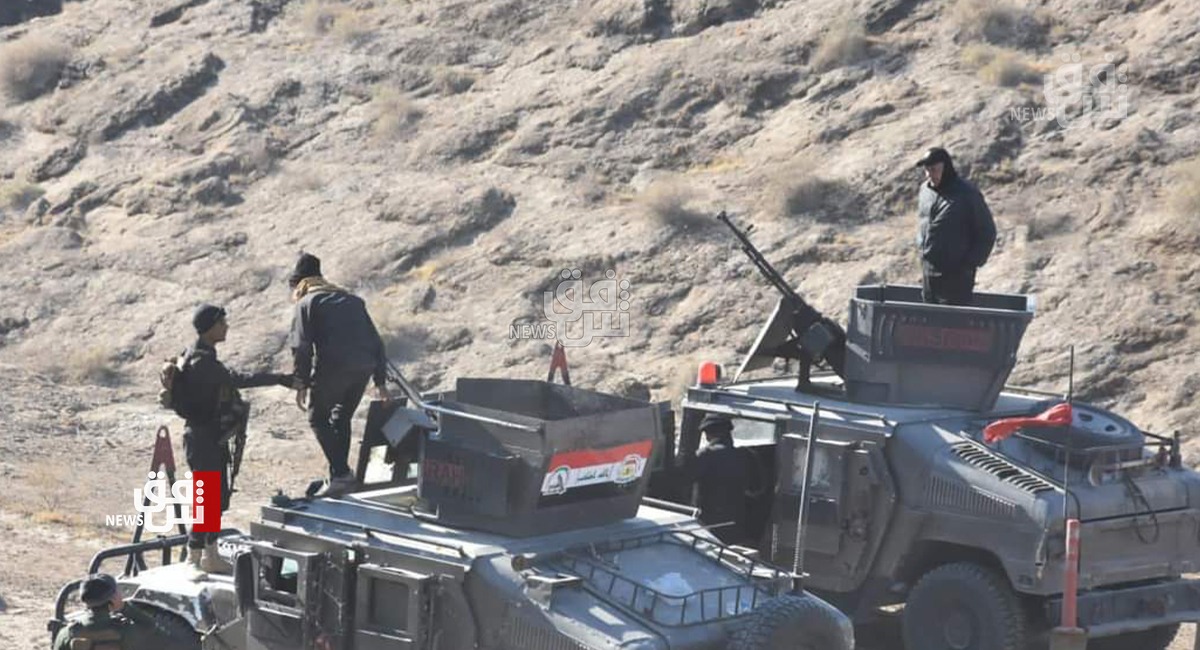
Shafaq News/ In a region long marred by instability, the road linking Kirkuk and Tikrit, particularly the stretch through Zaghaiton Valley in Al-Rashad, southwest of Kirkuk, has become infamous as the "Road of No Return."
Defined by its rugged terrain of mountains, hills, and valleys, this area has been a hotspot for terrorist activity since the 2003 US invasion of Iraq. Over the years, it has witnessed frequent bombings, attacks, kidnappings, and looting, becoming a symbol of the region's ongoing struggle with insurgency.
Recently, Iraqi forces conducted a targeted security operation aimed at dismantling a terrorist cell entrenched in the Hamrin Mountains and Zarka Valley and to cleanse the area of insurgent activities and restore peace and stability.
Zaghaiton Valley: A Terrorist Stronghold
Stretching into the Hamrin mountain range and connecting to the Daqouq district south of Kirkuk, the Valley is notorious for its rugged terrain and dense terrorist activity. Often referred to as the "Valley of Death," it has historically been a stronghold for various extremist groups, including Ansar al-Sunna, the Naqshbandi Army, and al-Qaeda, which later evolved into ISIS.
The Valley's significant water bodies, particularly in winter, along with valleys covered in grass and reeds and connected mountain ranges, provide a haven for these groups, making it difficult for security forces to operate effectively.
To counter these threats, the Iraqi military frequently deploys F-16 jets for airstrikes on terrorist hideouts within the Valley.
Al-Zarka Valley: Another Bastion of Terror
Al-Zarka Valley, linking the districts of Daqouq and Tuz Khurmatu and extending to Al-Azim area, is another critical stronghold for ISIS. Known for its challenging terrain and dense forests, the Valley is primarily air-accessible. As a vital waterway connecting the governorates of Kirkuk, Saladin, and Diyala, it serves as a secure refuge for terrorist groups, remaining beyond the reach of ground forces.
Renewed Activity Along the Border Strip
The border strip between Kirkuk and Erbil, particularly in the areas of Dibis district and the Mamah mountains, has recently witnessed renewed ISIS activity. These regions, known for their complex terrain, often see movements of ISIS militants, necessitating continuous surveillance by security forces, including airstrikes using "Cessna" aircraft to target the group's hideouts.
The Iraqi Joint Operations Command recently announced precise airstrikes targeting three ISIS hideouts in eastern Saladin. These strikes, based on accurate intelligence, resulted in the destruction of the hideouts and the elimination of their occupants, including a prominent leader known as "Abu Talha al-Iraqi." Security sources indicate that these areas were used to harbor terrorist elements and plan attacks against security forces and civilians.
Border Strip Shelters: A Persistent Threat
Amerli District Kaimakam, Maytham Nouri, informed Shafaq News Agency that remaining ISIS militants are hiding in water-filled hideouts in al-Zarka and along the border strip on the outskirts of Saladin. "These militants occasionally target security forces and civilians, taking advantage of the area's challenging terrain and wetlands, which are difficult for ground forces to access." Nouri emphasized the importance of airstrikes in eliminating the remnants of these terrorist elements.
He noted that "while these ISIS remnants do not pose a significant threat, their elimination would further solidify security in the area."
Former Iraqi Army officer and security expert Brigadier General Maan al-Azzawi explained that intelligence units recently detected suspicious movements in a slope west of the Hamrin Hills, northeast of Diyala, near the Saladin governorate border. Following intensified surveillance and intelligence gathering, an ISIS cell consisting of three militants was identified and targeted in a direct airstrike, killing all three, including "Abu Talha al-Iraqi," a prominent ISIS leader.
Al-Azzawi confirmed that this was the sixth airstrike in the Diyala sector this year, aimed at ISIS shelters and mobile units, known as "lone wolves."
"The Iraqi Air Force's F-16 squadron successfully destroyed over 15 ISIS locations across Diyala, Saladin, and Kirkuk." He said.
The Terrorist Goldmine
Ghaidan al-Obaidi, a tribal leader from the Rashad district, explained that Zaghaiton Valley was once a stronghold for ISIS and continues to harbor remnants of the defeated group. "These weakened groups still pose a threat to nearby areas and must be eradicated through targeted airstrikes."
Al-Obaidi emphasized that Zagheton Valley was a "goldmine" for ISIS, where they conducted kidnappings and robberies to fund their activities before the group formally emerged in 2014. He called for deeper military operations in these areas to dismantle remaining ISIS pockets.
In turn, security expert Ali al-Bayati highlighted the importance of targeting these "safe havens" that terrorists consider immune to air and ground assaults due to the difficult terrain. He emphasized that "Iraqi airstrikes play a critical role in disrupting ISIS's ability to carry out attacks on vulnerable areas, often with support from Global Coalition intelligence, including satellite and drone surveillance."
Al-Bayati concluded that the combination of airstrikes and ground intelligence has severely crippled ISIS's ability to regroup, marking a decisive phase in the fight against the terrorist organization. "The destruction of their safe havens and the paralysis of their operations make it increasingly difficult for ISIS to pose a significant threat, setting the stage for a final, decisive phase of military operations."
